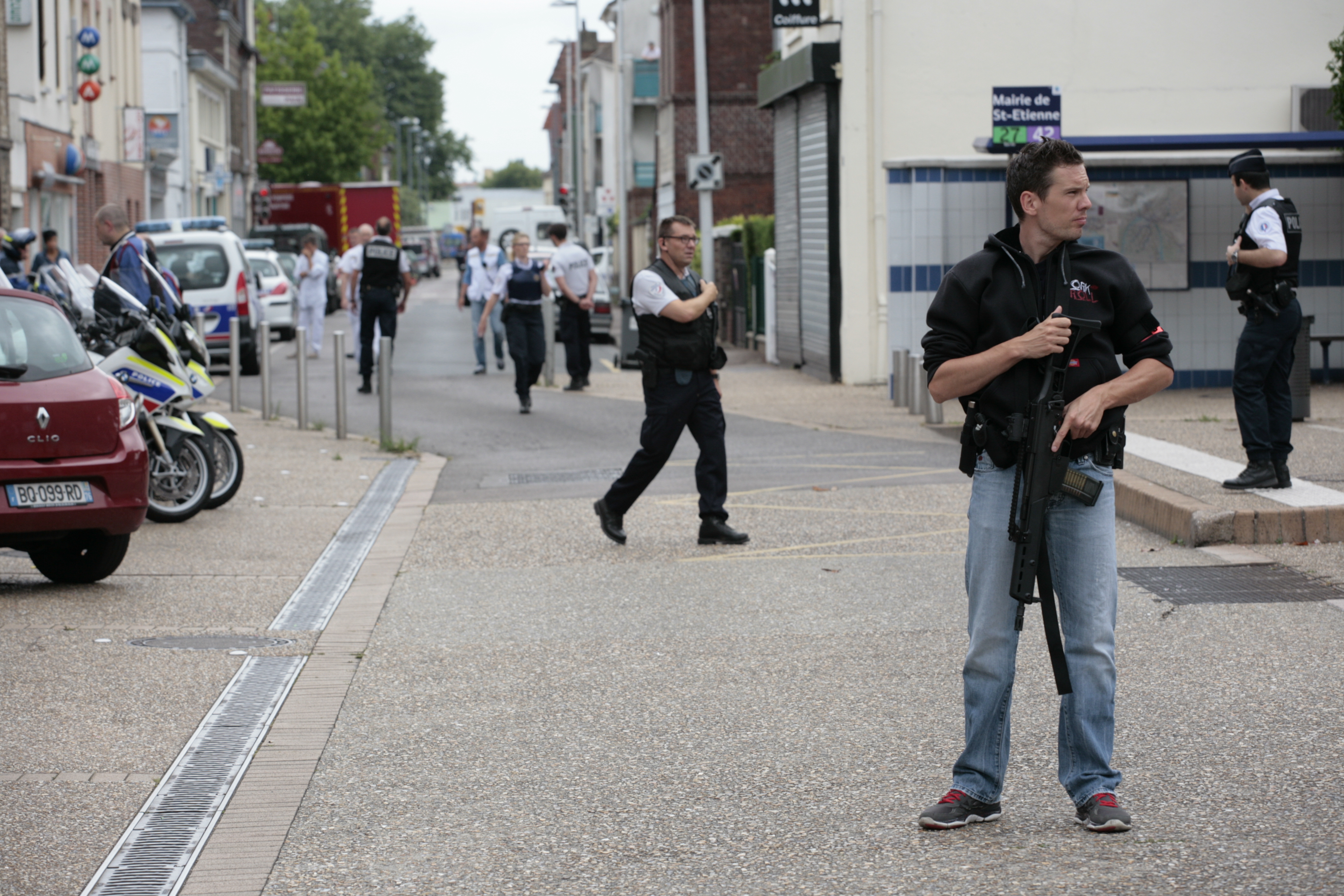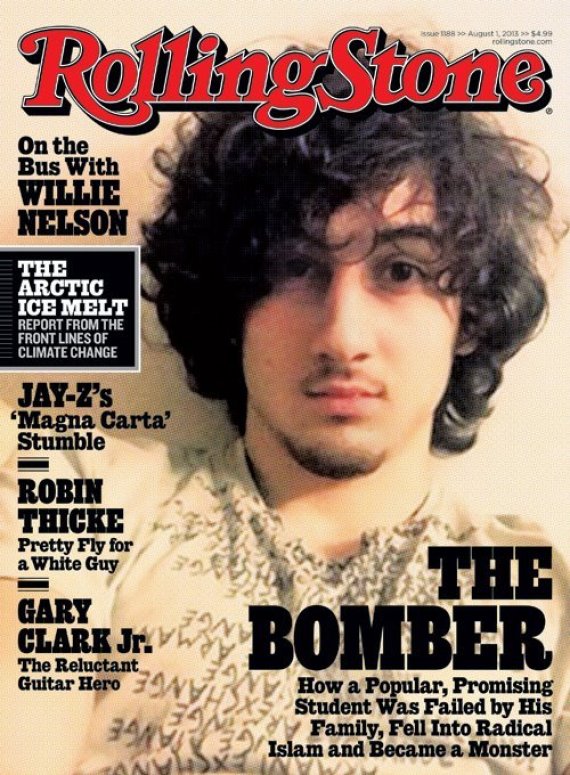America Should Follow France's Lead on Publishing Photos of Terror Suspects

By:
Several prominent media organizations in France have decided to stop publishing the photos of suspected terrorists following a string of deadly attacks across Europe in recent months. Should America follow suit?
 AP - apimages.com
AP - apimages.com
The policy change — at French newspapers Le Monde and La Croix, television station BFM-TV, and Europe 1 radio — came after two alleged ISIS followers killed an elderly priest in Normandy, France, on Tuesday, The Guardian reported. Le Monde will "no longer publish photographs of the perpetrators of killings to avoid the potential effect of posthumous glorification," Le Monde director Jerome Fenoglio wrote in an editorial.
Le Monde argued that publishing photos of people suspected of being involved in acts of terrorism glorifies them, serving the publicity interests of terror groups that hope to recruit members. A number of other French media organizations adopted a similar stance, but not all. France Télévisions executive director Michel Field pushed back:
"Our duty is to inform. It’s the right of citizens to be informed. And we must resist this race towards self-censorship and grand declarations of intention."
There's an ongoing debate about the ethics of publishing photos of suspected terrorists.
 Rolling Stone - rollingstone.com
Rolling Stone - rollingstone.com
Rolling Stone magazine came under fire in 2013 for publishing a selfie of Dzhokhar Tsarnaev, one of the Boston Marathon bombers, on its cover. It sparked a national conversation, especially among media critics, about where to draw the ethical line when it comes to publicizing the faces of those who commit acts of terror. About 90 percent of NBC "Today" show viewers felt the magazine's cover went "too far," according to a poll conducted by the show.
"Terrorists reuse mainstream Western media in their propaganda," Charlie Beckett, the founding director of the think tank Polis, told CNN.
"They will say to their supporters, 'Look how this guy who sacrificed himself to the cause has become a figure of hate. Look how much they're frightened of him,'" Beckett said. "And so they will actually use Western media material in their propaganda. But, in the end, I don't know if [Le Monde's editorial policy change] makes a huge difference. Though I can understand why Le Monde has chosen to be discreet."
The flip side of the argument, as Field mentioned, is that deliberately avoiding the publication of these photos represents a form of censorship that does a disservice to readers and viewers. It could increase the anxiety that the public already feels about terrorism because they'll feel out of the loop and underinformed.
